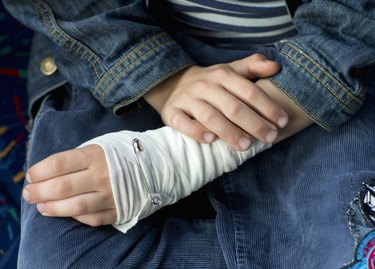Safety pins are the unsung hero of the kitchen junk drawer. Though they are small, their power is mighty. If that sounds like an exaggeration, think about all the times you've reached for a safety pin to fix a problem. You're about to have a handful of new uses for safety pins, too. Better stock up now; good thing these handy little household staples cost practically nothing.
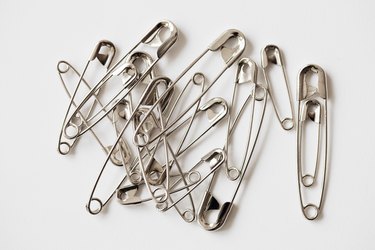
Video of the Day
1. Eliminate Static Cling
Static cling is one of those annoyances that seems minor, until it's happening to you and your own clothing is driving you to distraction. A safety pin could help. Attach a pin to some hidden spot inside the garment and the metal should disperse some of that static electricity. To prevent cling in the first place, attach a safety pin to an article of clothing in each dryer load.
Video of the Day
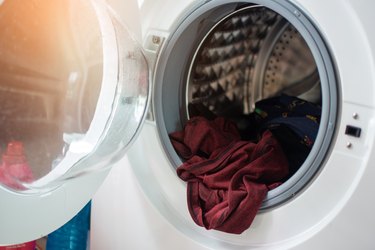
2. Keep Paired Items Organized
Ugh! Do each of your socks and mittens have invisible magnets that repel their mates? There's no other reasonable explanation for why it's always so hard to keep these matched pairs together between uses. Use safety pins to keep socks together for washing, or to keep mittens together with their matching scarves and hats.
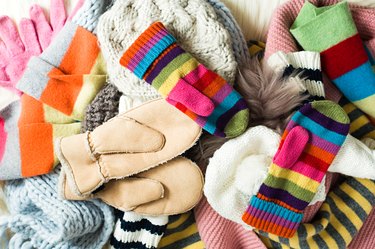
3. Close Gaps in Curtains
All it takes to ruin a wonderful deep sleep is an ill-timed beam of sunlight and a tiny gap in the curtains. Protect your rest by using safety pins to keep curtains closed completely. This is especially useful when traveling, since hotel and motel curtains are notorious for poor coverage.

4. Organize Loose Keys
Maybe you're the reliable person whom all the neighbors trust with their spare keys. That might be nice for your self-esteem, but a problem for your junk drawer organization. Corral loose keys by stringing them on jumbo safety pins. It's a lot easier to take a key off or add one to a safety pin than it is to maneuver a tiny keychain.
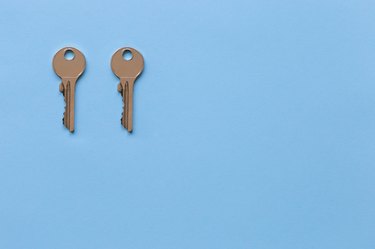
5. Fix a Drawstring
When the drawstring escapes from your favorite hoodie or sleep pants, all hope is not lost. A safety pin is all you need to return the drawstring to its rightful place. Attach the pin to one end of the drawstring. Work the string through the hole, using the safety pin to help you pull it along.

6. Make Your Own Jewelry
Have you always suspected that you have a secret gift for jewelry making? Try some cheap and easy experimenting with safety pins. They're all you need to make bracelets, pins and necklaces that none of your friends will be wearing. This also makes a simple rainy-day craft project with kids who are old enough to be trusted with safety pins.
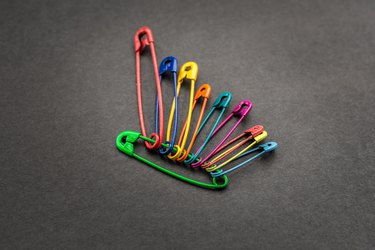
7. Temporarily Tailor Your Clothes
It's hard to feel confident and pulled together when you're swimming in clothes that are too big. Safety pins are great for quick-fix tailoring jobs at home. Use a few pins to shorten the hem of your pants, or to keep rolled cuffs in place. Dress shirt ballooning around the middle? Grab the extra fabric at your back, secure it with a safety pin and pull on a coat to hide the evidence.
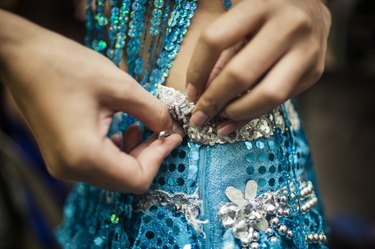
8. Keep Bra Straps From Showing
For women, visible bra straps are a seemingly inevitable nuisance. To keep them hidden beneath a shirt with thin straps or a wide neckline, grab two safety pins. Use the pins to clip the bra strap to the shirt fabric. Attach the pin so it's under the bra strap, if possible; it's less likely that the shape of the pin will be noticeable this way.
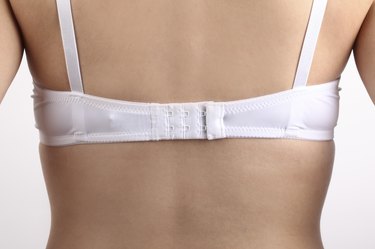
9. Close Your Own Bracelet Clasp
Why is there never anyone around when you want to put on a bracelet with a clasp? No matter — this is just one more task you can take care of for yourself. Attach a safety pin to one end of the bracelet chain. Arrange the bracelet around your wrist, curling your fingers down to press down on the safety pin and hold that side of the bracelet in place while you work the clasp.
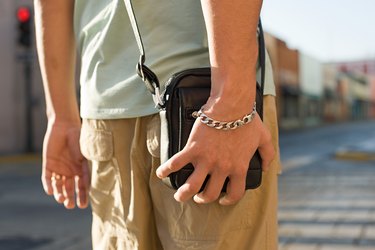
10. Secure a Bandage or Sling
There's a reason that safety pins are often part of a first-aid kit. If you need to whip up a makeshift sling for someone who's injured, rip up a T-shirt and use safety pins to keep the fabric in place. Safety pins are also useful for securing bandages in areas that are hard to bandage, like the hands and toes. A few pins may keep gauze in place more effectively than tape would.
